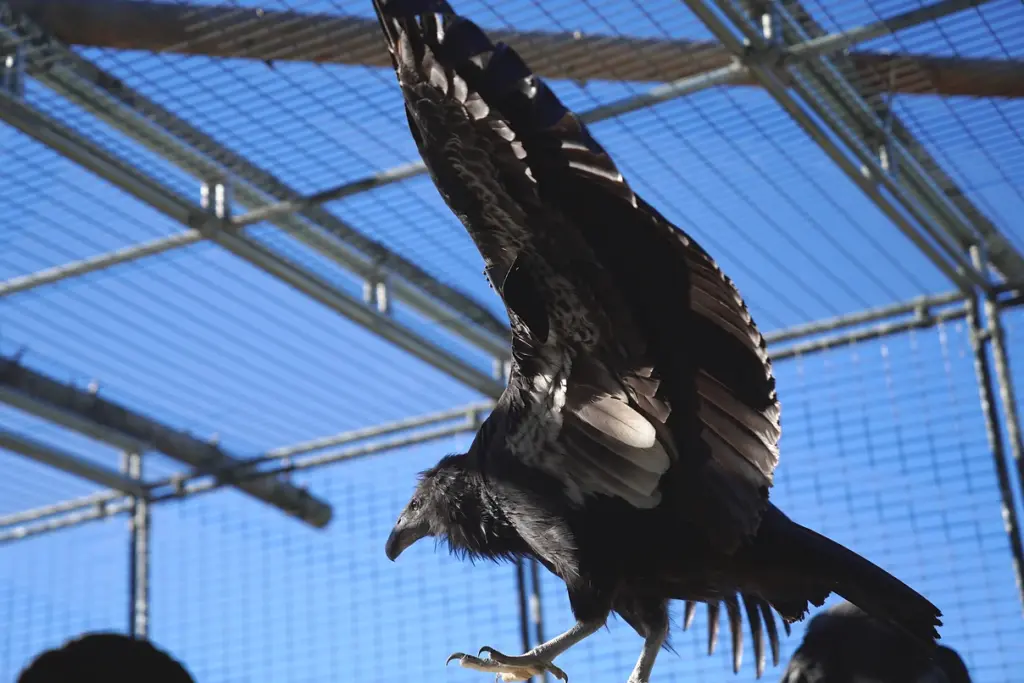Yurok Tribe Set to Release Three More Condors into the Northern California Wilderness

The Northern California Condor Restoration Program (NCCRP), a collaboration between the Yurok Tribe and Redwood National and State Parks, is set to release three healthy California condors into Yurok ancestral territory in the coming days. These condors, known as prey-go-neesh, are ready for life in the wild.
The release, anticipated for later this week, is subject to weather conditions, requiring a stretch of sunny days for optimal visibility and flight conditions during the birds’ departure from the condor release facility. The presence of previously released prey-go-neesh at the facility is also necessary to ensure the new birds’ calm introduction to their natural environment.
“We couldn’t be more excited to release three more condors. Soon, 11 prey-go-neesh will soar over our ancestral homeland,” said Tiana Williams-Claussen, Director of the Yurok Wildlife Department.

The three condors, received from the Los Angeles Zoo on October 9th, include two females and one male: 1140 (wing tag B0, female), 1148 (wing tag B1, male), and 1151 (wing tag B2, female). These birds, approximately a year and a half old, have been vaccinated for Highly Pathogenic Avian Influenza (HPAI), making them the first condors vaccinated for HPAI to be released into the wild.
Condors are known for their social behavior, and it is expected that the eight free-flying condors already in the area will assist the newcomers in adapting to their new environment. The newly arrived birds have been regularly visited by free-flying condors, laying the groundwork for their integration into the population.
While the condors have adapted well to their surroundings in Yurok ancestral territory, there was a recent setback. Yurok condor A6, also known as Me-new-kwek’ (“I am bashful or shy”), along with other condors, consumed a poacher-killed elk in Bald Hills in Redwood National Park. This carrion was likely tainted with lead, resulting in five out of eight birds testing positive for lead in their blood. Me-new-kwek’ had the highest lead levels, necessitating immediate medical intervention. He received successful treatment and now serves as a mentor for the newly arrived condors, with plans for his re-release alongside them.
The Yurok Tribe’s involvement in the restoration of this sacred species is a reflection of their cultural commitment to environmental balance. It is part of a broader effort to rewild the temperate rainforest ecosystem in Yurok ancestral territory, which includes habitat restoration projects on significant river segments and the removal of the four Klamath dams, the largest salmon habitat restoration project in U.S. history. These efforts will benefit numerous fish and wildlife species, including the California condor. The Yurok Tribe initiated the condor reintroduction project in 2008 with support from various agencies, organizations, and individuals. Extensive preparations were undertaken by the Yurok Wildlife Department to ensure the successful reintroduction of this critically endangered species.
